|
"Mermaiding" is a verb coined by the professional and recreational community of people who use mermaid/merman/merfolk tails. The verb means to swim in a tail. Swimming in a tail - mermaiding- can have many effects on the body. Some of these are positive such; an increased strength- while others may be negative, such as; chronic pain. For the purpose of this blog we're going to look at a published study and a survey to better understand the impact mermaiding has on our bodies.
The Study
Mermaiding requires a lot of work and effort, whether you are at a professional level or not. It typically requires a large range of motion, a capacity for moving despite drag or weight, and a certain comfort level in the water.
In 2017 Matthieu Guitton, a member of the Faculty of Medicine at Laval University in Quebec City, published the first study of "mermaid health" in the journal of International Maritime Health. You can read the study in full here, but I have some highlights below:
This study is an excellent start in recording the physical issues that mermaids face. More studies are needed, with larger sample sizes, and measurable data.
This study inspired my free online course on mermaid safety which you can take for free here: https://www.mermaidraina.com/blog-tutorials/introduction-to-mermaid-safety THE Survey
Over the course of a year, I collected survey data from 170 merfolk. The survey provided a platform for people to self report the various issues they experiencing while mermaiding, and the positive effect it has on their life as well. It's important to note that because these are "self reported" answers, they can't be totally verified. Some people may under-report, some may exaggerate, and some may answer who don't really qualify. I work to control these variable to the best of my ability and feel that the percentages still reflect the community. However, it's important to consider these points when reading the following data.
The Demographic
From looking at our demographic we can make a few assumptions about the 170 folks who self-replied. The majority are female between the ages of 21-30. They swim 5 times a month or so, mostly in silicone or fabric. They've been mostly using tails for 3-5 years, with many coming in at the 1-2 year mark. The survey also reports that 61% swim mostly in pools, 21% fairly evenly across pools and bodies of water, and only 12% swimming mostly in oceans and lakes. It was very evenly split between the mers who had formal training in swimming and those who had no training at all. An assumption could be made that accessibility to scuba and freediving training may need to be increased for merfolk.
The Results
In the survey, respondents were asked to select all of the negative and positive effects they felt they experienced while mermaiding. The majority of these selections would be considered "chronic" issues that re-occur so long as the mer continues to swim. However, some may be reporting on issues that they seldom experience. it's important to note that the merfolk self reporting identify these issues as directly being caused by mermaiding, and not other outside factors.
The Bad: 5 Times a Year or Less:
The Bad: More Serious or More Frequent Issues:
Thoughts
The Good
But wait- it's not all doom and gloom! We all know that mermaiding has a positive effect on us, it's why we do it! But how often do we actually sit down and look at the changes mermaiding is creating in our physical bodies? Check out some of these survey results, keeping in mind that respondents could answer more than 1.
Results:
The respondents also provided these quotes that reflect more of the positive experiences:
"I used to have a phobia of going under water and since starting mermaiding I have faced this phobia" "Mermaiding gave me the confidence to become a power lifter and to participate in cosplay" "mermaiding has inspired me to go back to sewing and make my own tails. I also learned new techniques such as cutting lexan, riveting, sewing neoprene and using silicone" "Mermaiding has got me through a really tough time, health wise.. By reducing the pain I felt 24/7. It also helped me to grow out to be the woman I am today: A more confident, healthier and happier version of me" "My breath hold and cardio has improved. my upper body strength has improved, my general swimming ability has improved." My Personal Experience
Mermaiding has been a wild ride for me from start to finish. When I was first inspired to be a mermaid, I was not very mobile, in a lot of pain, and wasn't a strong swimmer. Wanting to be in the tail really inspired me to seek out appropriate help, put in the hard work my body needed, and become a better swimmer. It didn't happen over night- that's for sure.
In Conclusion...
Obviously it's not all bad or I wouldn't still be doing it! I wouldn't have this blog, and I wouldn't be working so hard to educate and empower the community! Mermaiding has given me a sense of community, a motivation to keep myself healthy and fit, it's taught my new skills and been both financially rewarding and emotionally so. I've made amazing friends, had life changing experiences, and lived a very exciting life. So this long term effect of mermaiding. What do I think it is? I think it's certainly a mix of good or bad, and I think if you're careful and safe the bad is very little. I would hope, the bad is worthwhile. I want to be a 90 year old woman who looks at the scars on her feet and smiles because I remember my time in a mermaid tail.
1 Comment
Topaz Seven
8/23/2018 05:07:53 am
I am in my 3rd year at 57. I feel so much stronger, better lung capacity, much improved skills underwater, and way less stress! My issues are the ears and in the winter the hair due to chlorine. I wear a mask so the eyes are protected, esp in a pool. I am an instructor at local community center and an avid kayaker which combines nicely with mermaiding. I spend as much time in the water as possible, so like daily weather permitting. It's nice to see our health concerns and issues are being addressed.
Reply
Your comment will be posted after it is approved.
Leave a Reply. |
RainaThe Halifax Mermaid Buy the BookLeave a Tip
Disclaimer:
The information in these blogs and video posts are for informational purposes only. Trying any of these suggestions are done so at your own risk. The creator/owner assumes no risk or liability and urges you to seek out professional training and advice.
Archives
August 2018
|
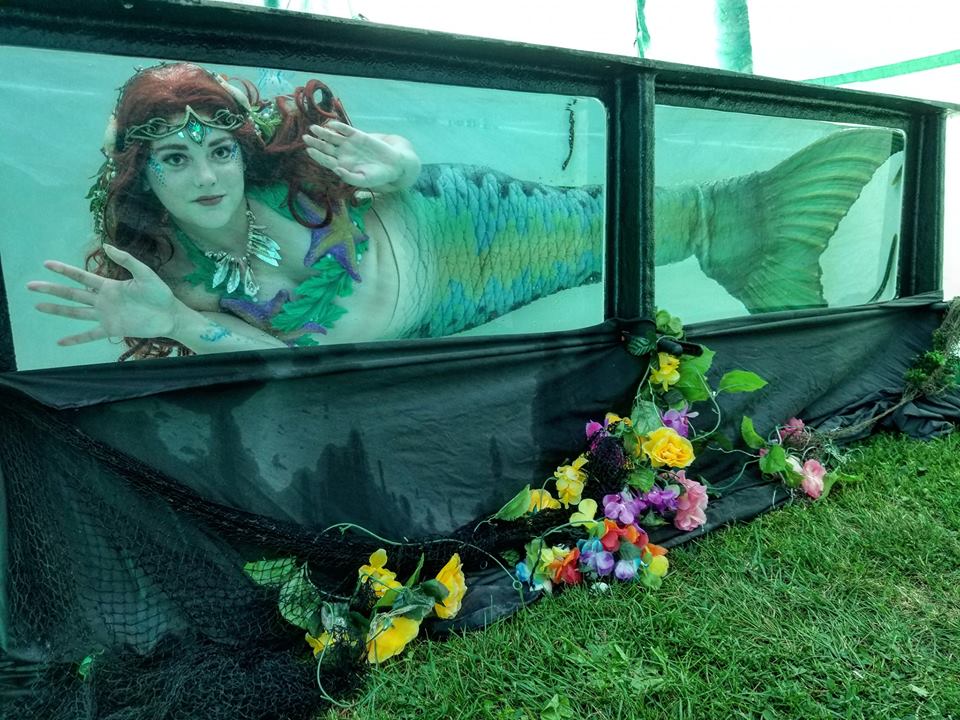
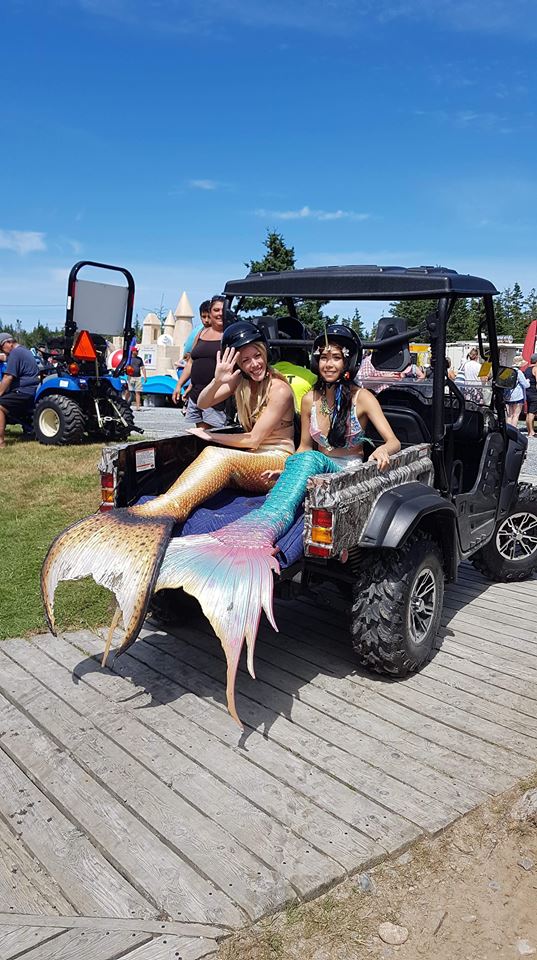
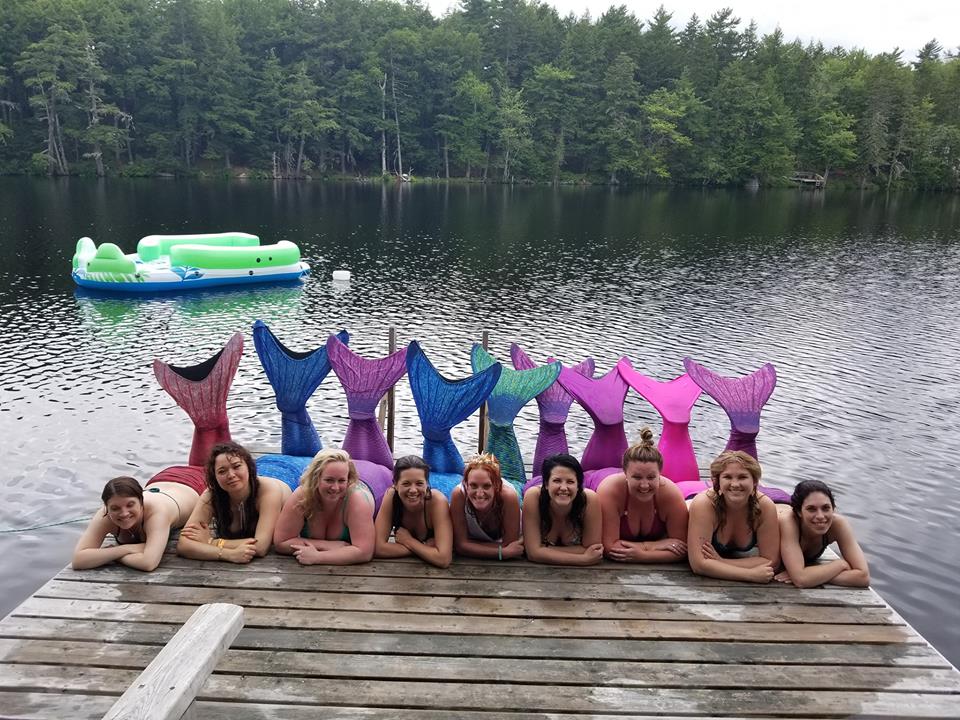
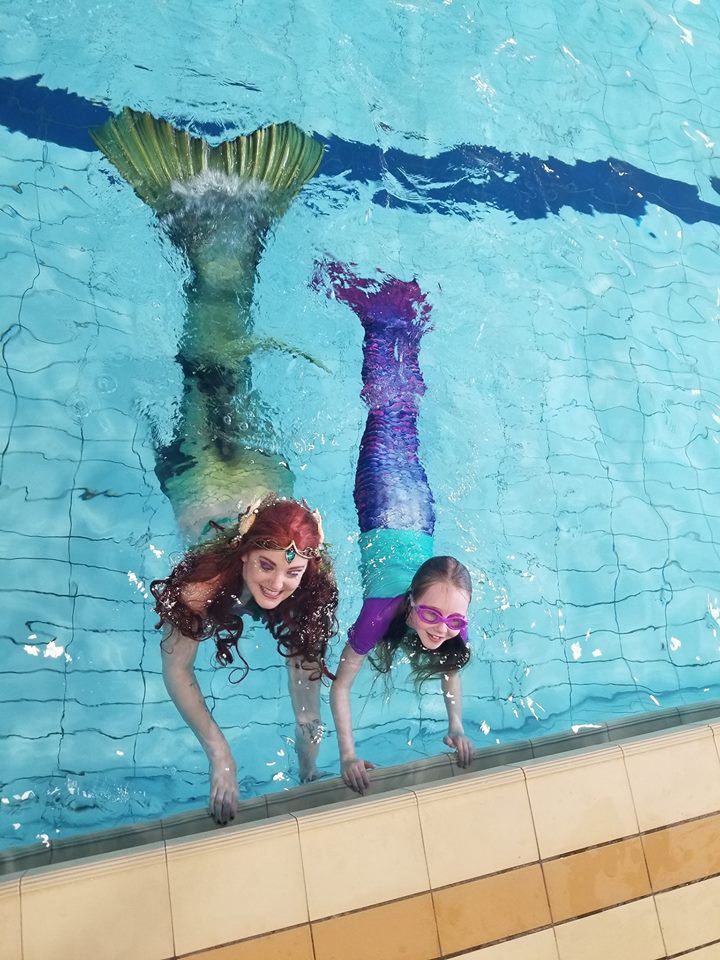
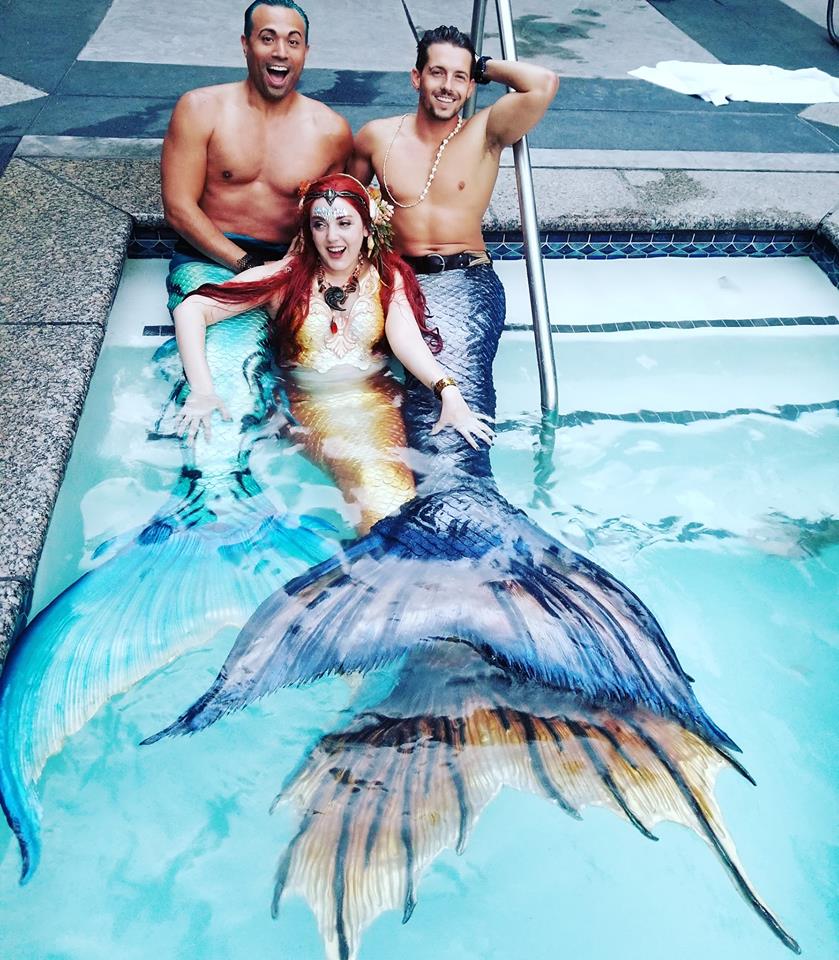
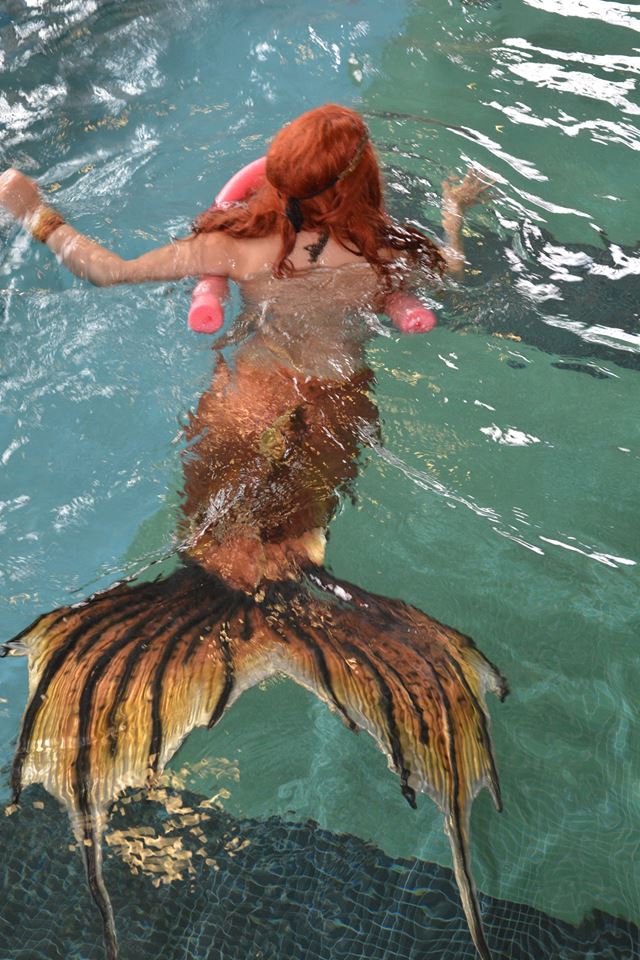
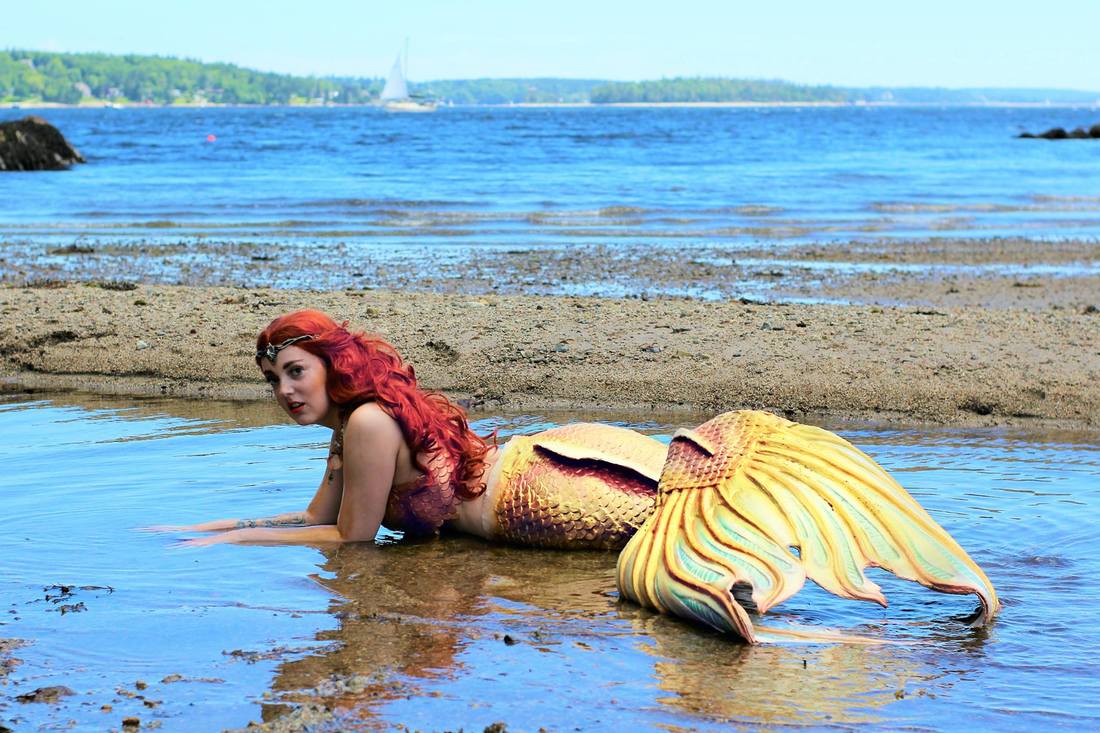
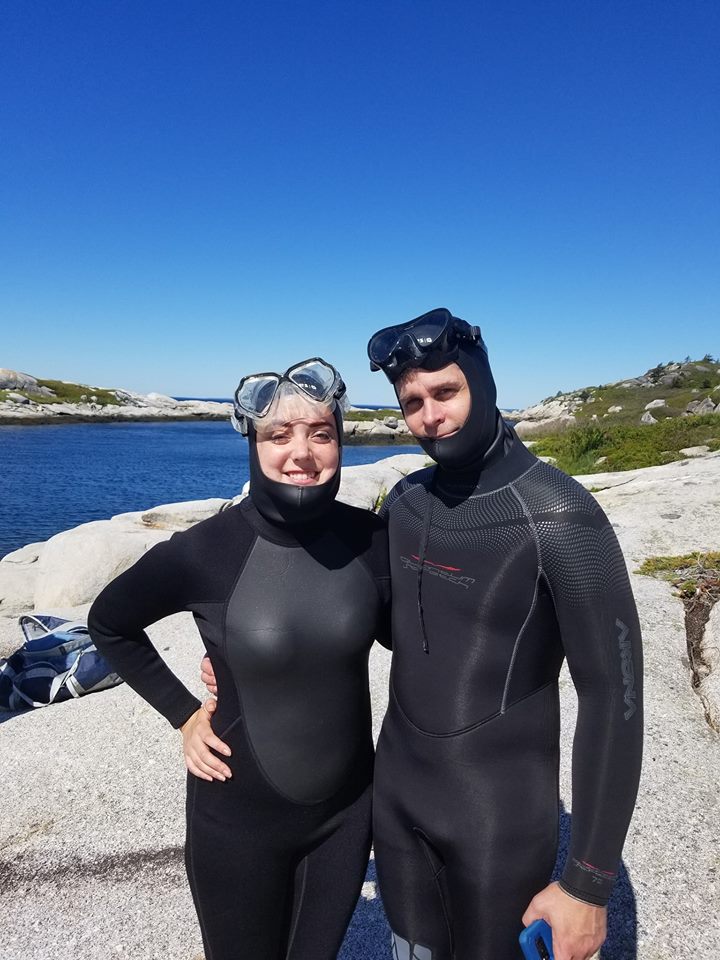
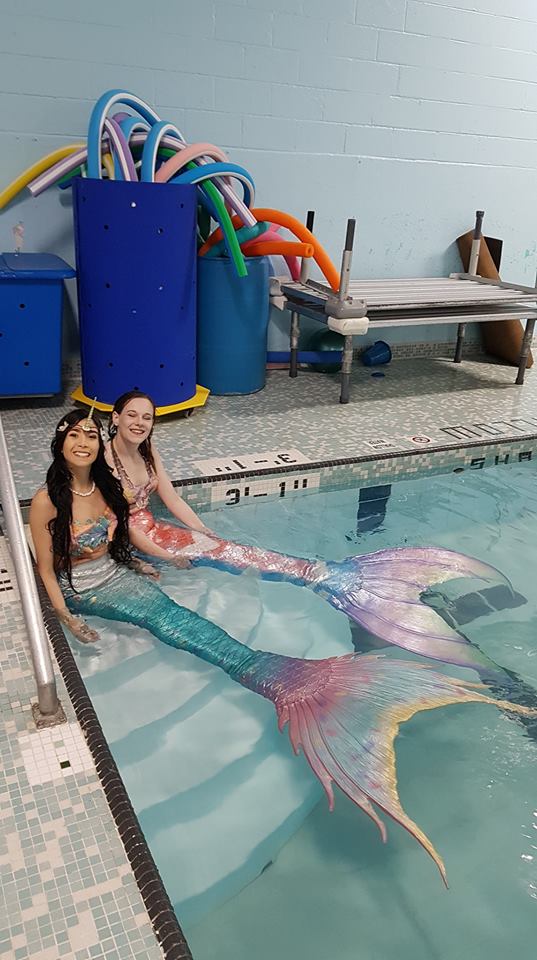
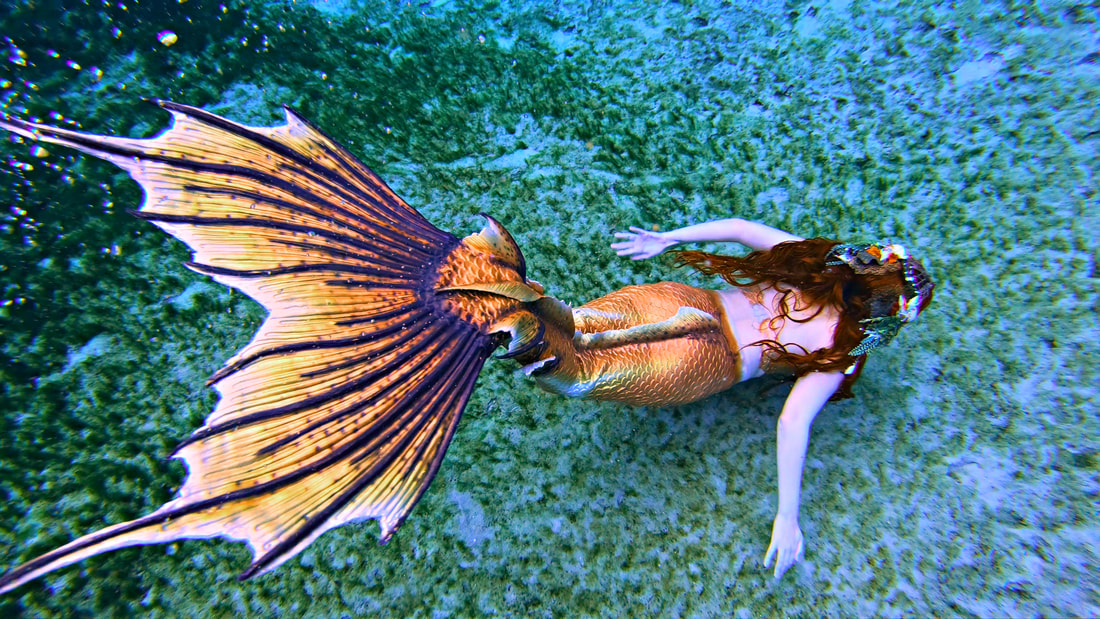
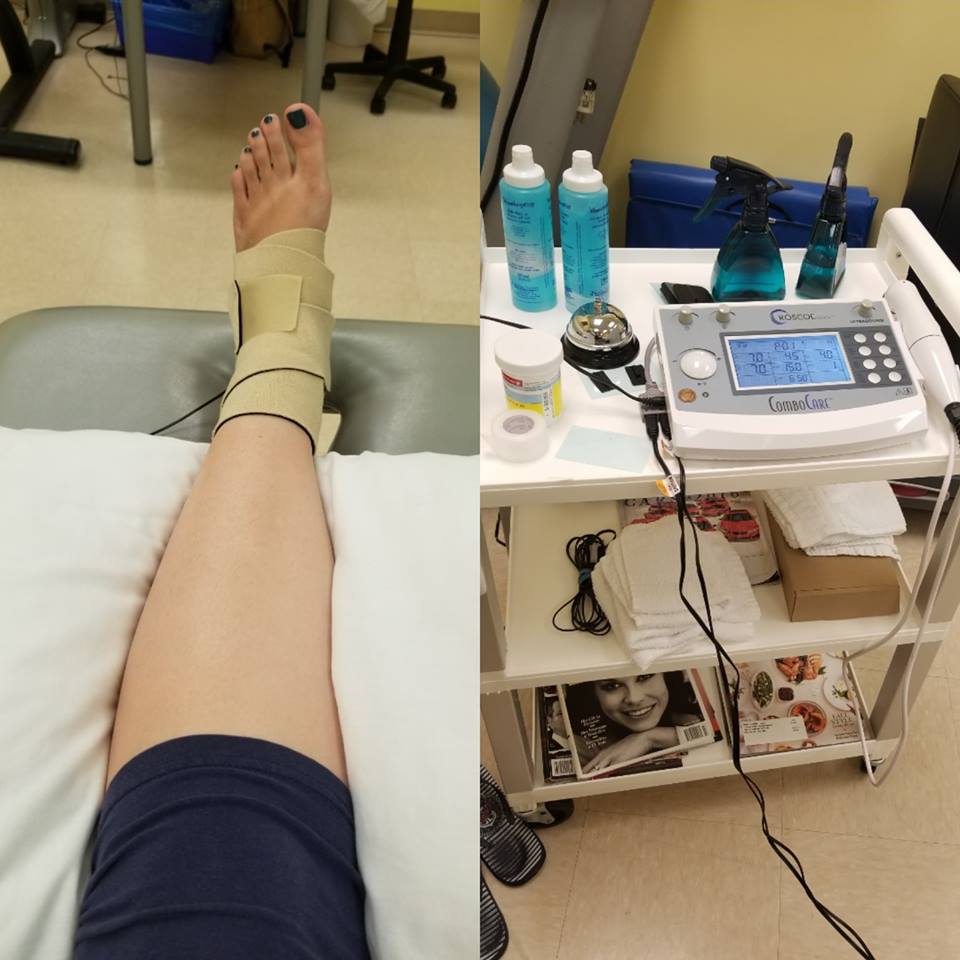
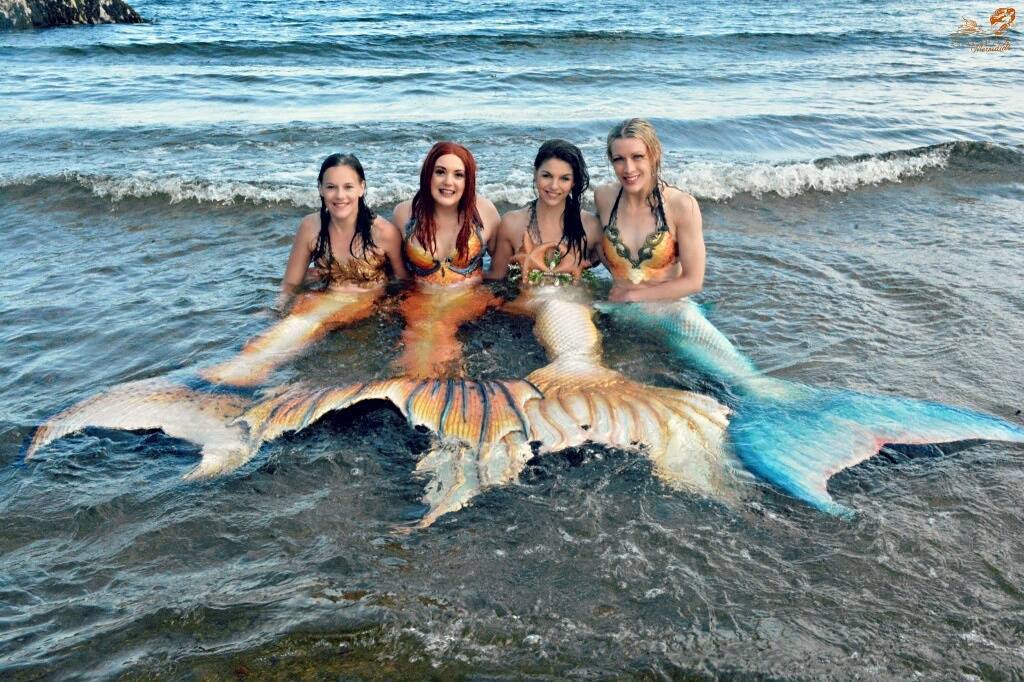

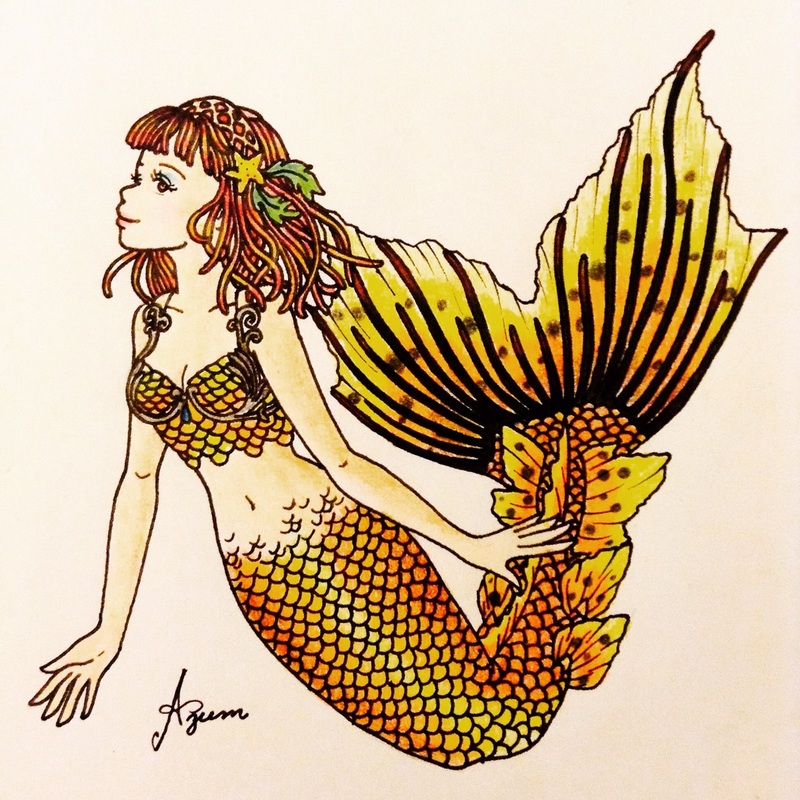







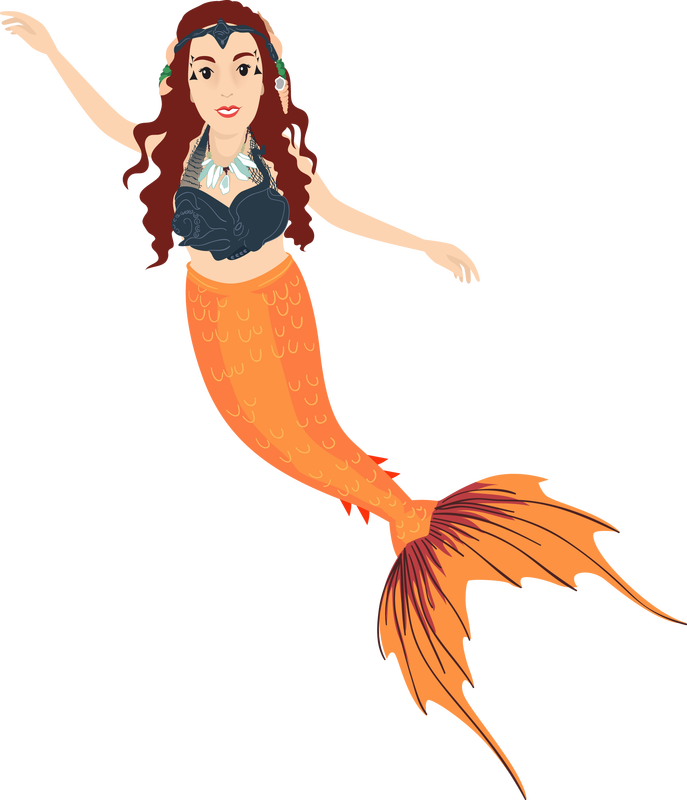
 RSS Feed
RSS Feed
